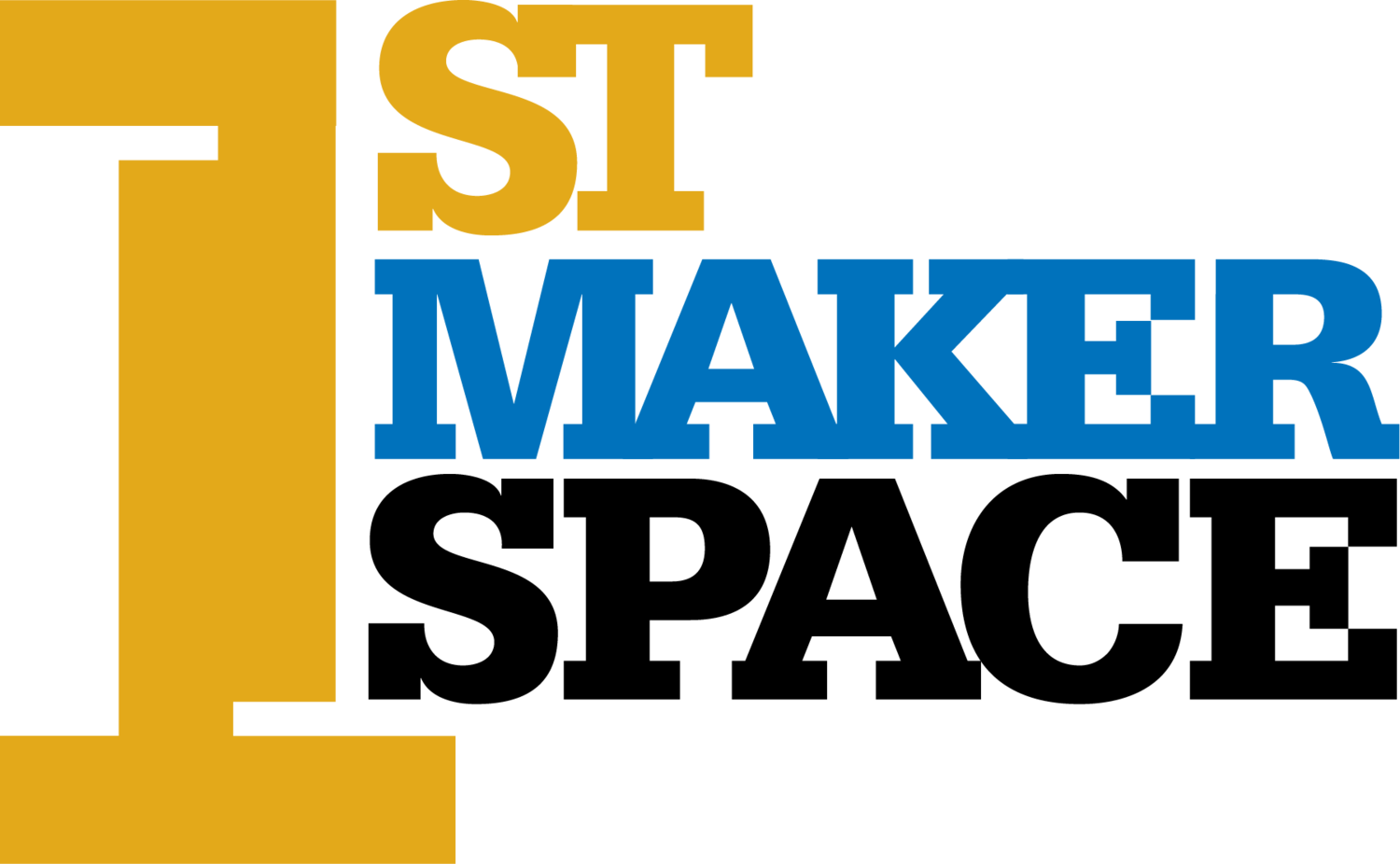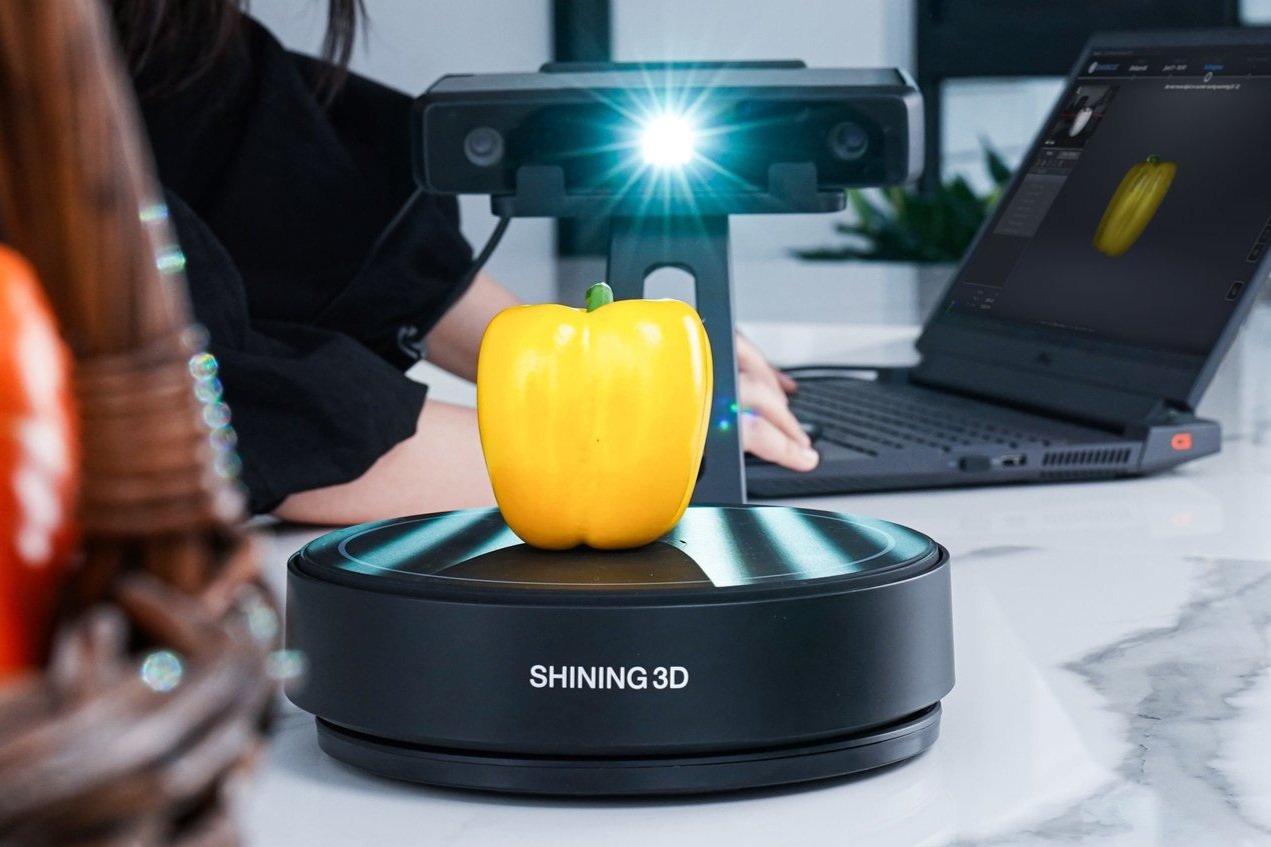How Can STEAM Learning Benefit from 3D Scanning?
Incorporating 3D scanning technology into STEM learning has the potential to revolutionize the way students engage with and understand complex concepts. By bringing the power of 3D scanning into the classroom, educators can create immersive, hands-on experiences that inspire curiosity and drive innovation. Use cases for 3D scanning in the classroom range from capturing real-world objects for study and analysis to prototyping new designs and facilitating collaborative projects. The EinScan SE and SP 3D scanners, specifically, serve as versatile and accessible tools for integrating this cutting-edge technology into your makerspace, offering students the opportunity to explore new dimensions of learning and creativity.
3D Scanning Empowers Students to Innovate and Create
Imagine looking at a chair, a toy, or a piece of fruit and seeing endless possibilities for creation. 3D scanning, a learning activity encouraging imagination and innovation, can make this a reality for students. Through this process, students can use technology to scan everyday objects and turn them into something new. Not only does this promote creativity, but it also teaches students to be responsible creators who are environmentally conscious. With hands-on projects and problem-solving opportunities, students can witness their ideas come to life before their very eyes. By incorporating 3D scanning into their education, students are empowered to participate in their learning rather than passive observers actively.
3D Scanning Builds Technological Literacy
In today's technologically advanced world, preparing students for their future means ensuring they have the right skills to tackle the challenges of tomorrow. One such skill is technological literacy, which can be achieved by incorporating innovative tools such as an Einscan 3D scanner into school curriculums. By introducing students to this technology, they can learn how to use it to solve problems and develop their technical vocabulary to explain their solutions better. Through this process, students become more confident and capable of using technology, preparing them for a successful future in a rapidly advancing world.
The 3D scanning design process is a great way to provide students with a hands-on learning opportunity in the classroom. This process encourages creativity and problem-solving skills, and the students will be able to develop unique solutions to their challenges. They will also learn to use digital tools and acquire new technical skills.
Our education team has put together a helpful 3D scanning getting started tutorial, where we guide you through the setup and primary use of Einscan SE and SP scanners.
As shown in the video, here is a general procedure for scanning an object, refining the scanned 3D model, and 3D printing the improved model:
Students position an object on the Einscan 3D Scanner.
They utilize Einscan software to ensure accurate laser detection, proper lighting, and comprehensive object scanning from all angles.
Einscan combines the various scans to create a mesh, preparing it for export.
Students can then use computer software programs such as Tinkercad to edit their scans in numerous ways, including resizing, scaling, cutting, hollowing, and more.
The project is prepared for 3D printing and evaluation following the modification process.
Students assess the effectiveness of their scanned object, iterating through the design and testing phases until their creation successfully addresses the issue.
The 3D scanning to-printing process is like a bridge between the digital and physical worlds. With an Einscan 3D scanner, students can apply their math, tech, and creative skills across various disciplines, broadening their knowledge base and honing their abilities. Plus, they can see their ideas come to life immediately. As they become more familiar with the different aspects of 3D scanning and printing, they will develop a better understanding of the entire system and its potential uses.
Teaching Problem-Solving Using Trial and Error
The age-old adage, "if at first, you don't succeed, try, try again," is taken to new heights when it comes to 3D scanning. There is no "right" or "wrong" answer regarding this technology, allowing students to embrace the trial-and-error process instead of fearing it. 3D scanning fosters a cyclical design process where students can develop their ideas, test them, and refine their prototypes until they achieve their desired outcome. This approach encourages and empowers students to be creative problem solvers, embracing each failure as a building block to success. It creates a learning environment that exemplifies loss as an opportunity to try again.
Conclusion
3D scanning technologies are revolutionizing STEAM education and opening up a world of possibilities for students to explore. By incorporating 3D scanning into school curriculums, students can build STEAM skills such as technological literacy, problem-solving through trial and error, and creativity and innovation. With the help of Einscan SE and SP scanners, and 1st Maker Space, schools can create makerspaces where students can experiment with 3D scanning projects that promote hands-on learning.





